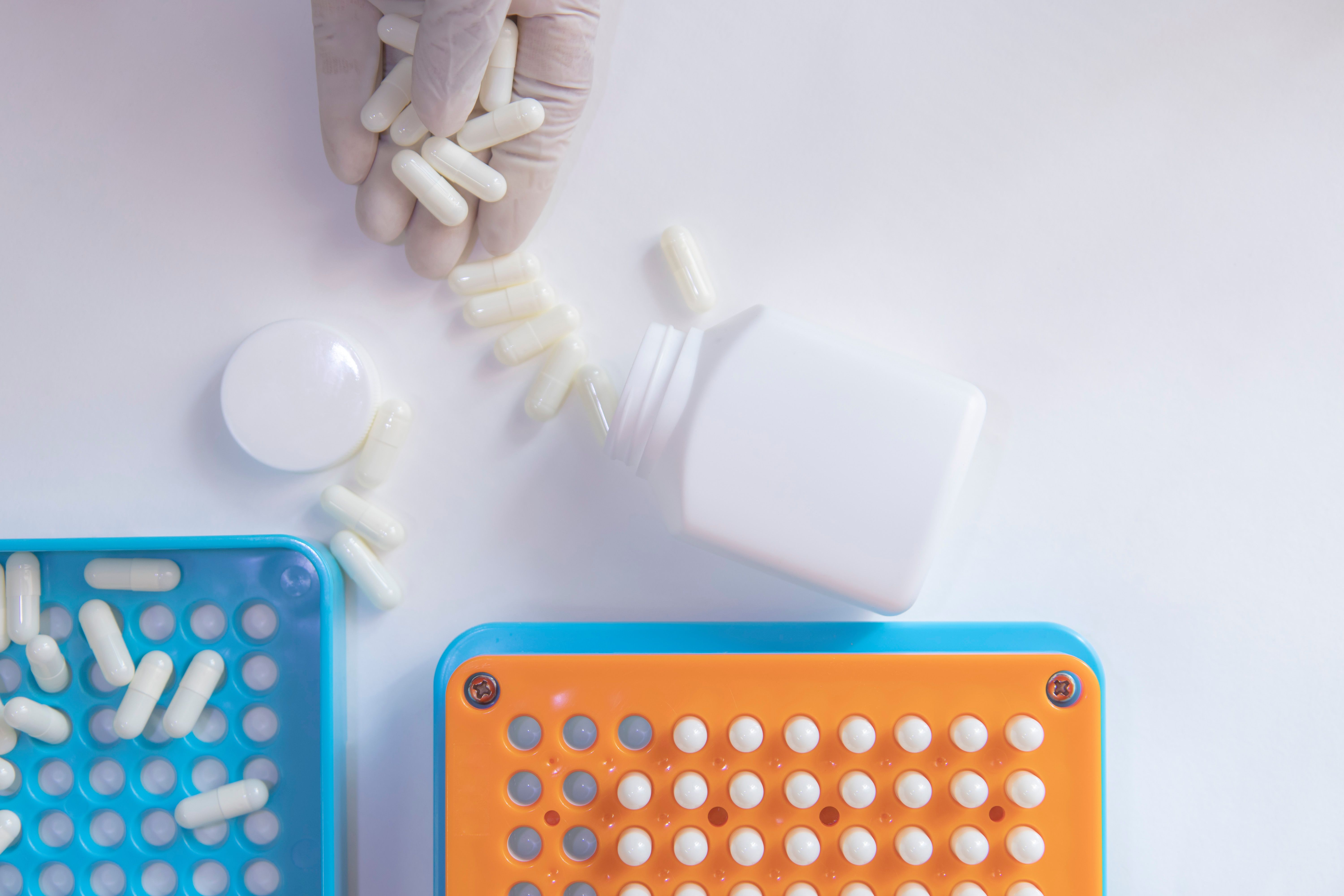Article
How Pharmacists Can Improve Outcomes in Diabetes, Hypertension
Author(s):
Pharmacists can use innovative approaches to increase the provision of clinical services in medical homes.
The results of a new study published in the Journal of International Medical Research show how pharmacists can use innovative approaches to increase the provision of clinical services in the context of established medical home models.
The patient population included adults with diabetes and/or hypertension. Sixty-eight percent of enrolled patients had both conditions. The study authors examined short-term improvement and clinical goal achievement among these patients.
In the study, the authors looked at the provision of pharmacy services from the Intermountain Healthcare Collaborative Pharmacist Support Services (CPSS) program between 2012 and 2015. Of 17,680 patients who had office visits with providers, 359 received CPSS. The researchers also examined and matched cohorts who did not receive services (n = 999). Pharmacists saw patients in the active intervention arm primarily through referral, and could initiate, modify, or discontinue medication. They also provided a full range of counseling and education services.
CPSS emphasizes partnership and corroboration between pharmacists and primary-care teams located in 22 hospitals, but pharmacists are not located physically within the medical home.
Patients in the CPSS program were 20% more likely to meet their disease management goals, and more likely to meet them quickly, than patients who were not enrolled in the program. They also had more ambulatory encounters than patients in the control group. The authors indicated that with 3 additional encounters, patients were most likely to achieve superior results, compared with the match control group.
The authors estimated that the cost savings for CPSS enrolled patients averaged $1600.
In the study, pharmacists were unable to bill for clinical collaborative services, and the institution where they worked paid their salaries. The researchers reported that CPPS will be a continuing investment that will only be sustained if they can prove its value to the health care system.
Operational challenges identified in the study include difficulty engaging patients and activating the service, cost of treatments recommended to optimize disease management, and uncertainty surrounding pharmacist reimbursement.
Reference
Brunisholz KD, Olson J, Anderson JW, et al. "Pharming out" support: a promising approach to integrating clinical pharmacists into established primary care medical home practices. J Int Med Res.2017;Jan 1:300060517710885. doi: 10.1177/0300060517710885. [Epub ahead of print]






